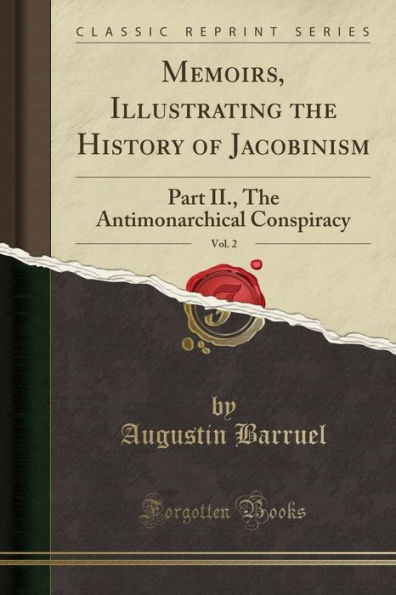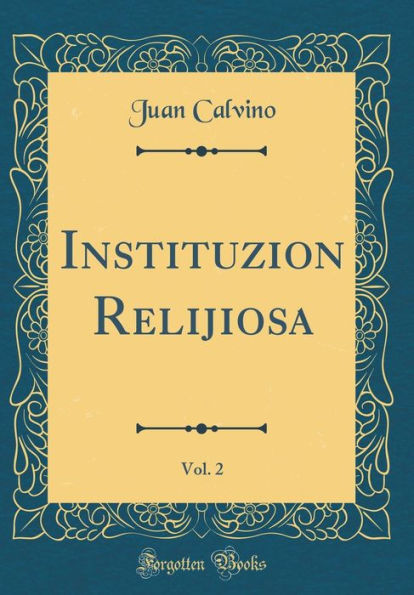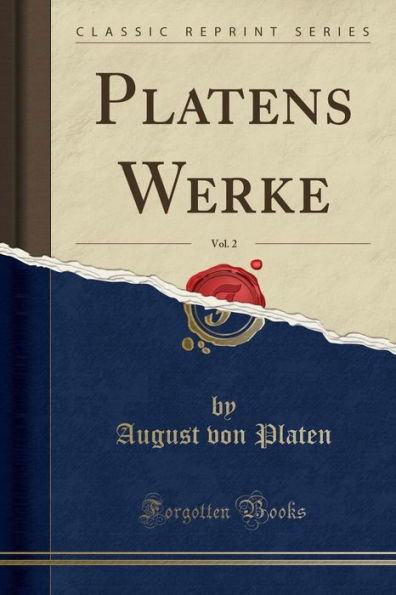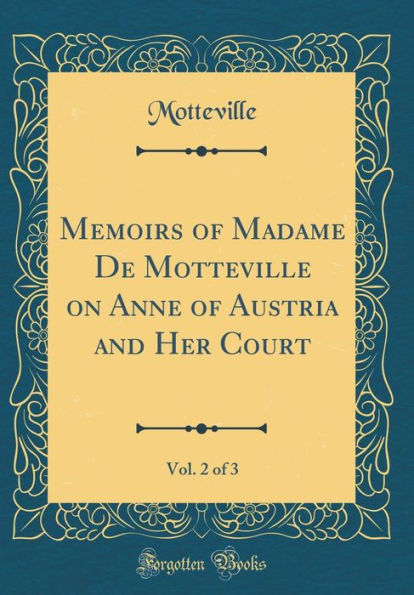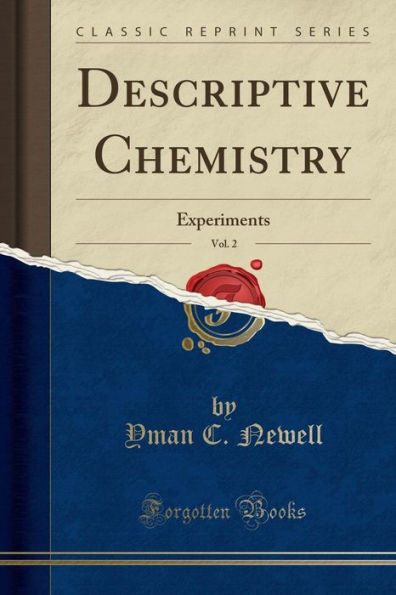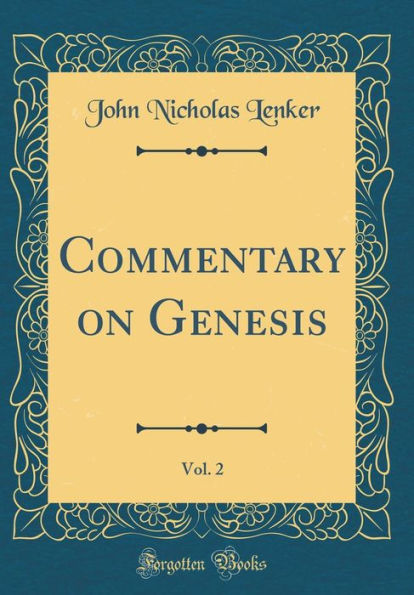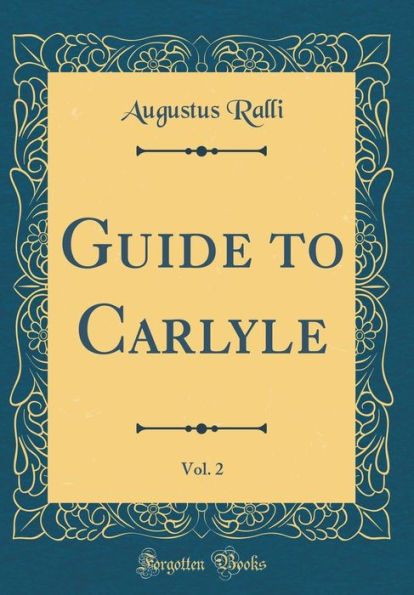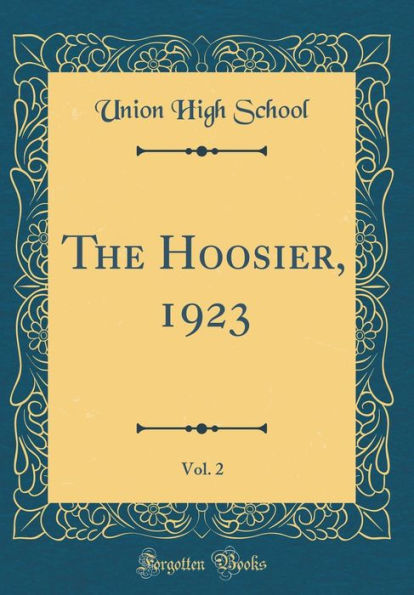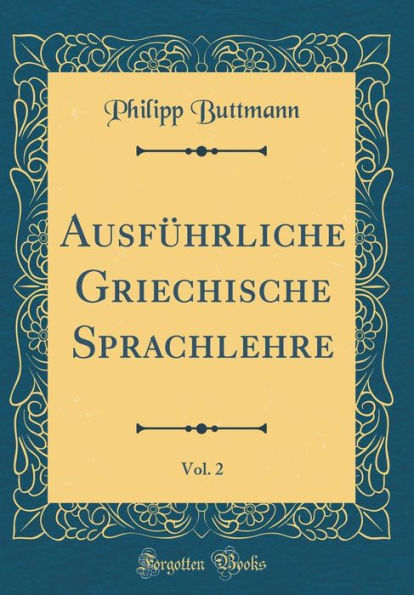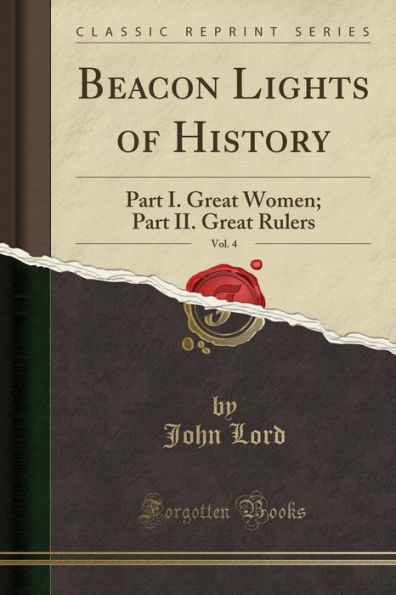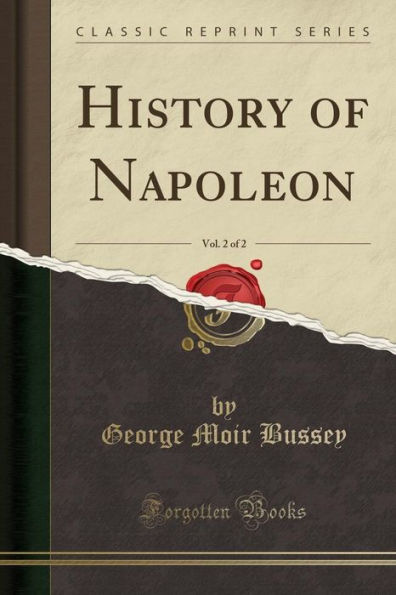Home
Peace Handbooks, Vol. 2: Austria-Hungary, Part II (Classic Reprint)


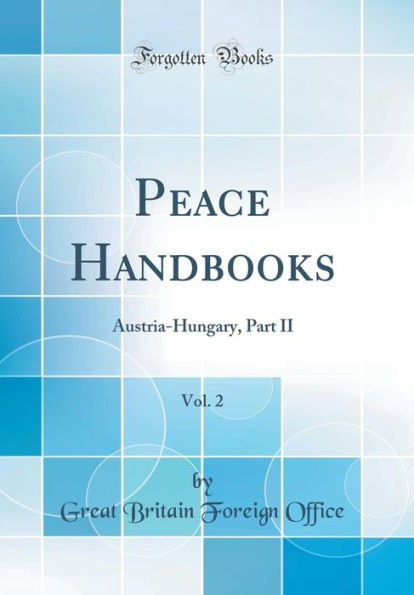
Peace Handbooks, Vol. 2: Austria-Hungary, Part II (Classic Reprint)
Current price: $36.19
Loading Inventory...
Size: OS
Excerpt from Peace Handbooks, Vol. 2: Austria-Hungary, Part II
The first home of the Slavs, according to the best modern opinion, lay between the Vistula and the Dnieper. From this region in the middle of the sixth century a.d, some Croats began to emigrate to the country, or the neighbour hood of the country, which now takes its name from them. They were a tribe belonging to the same stock as the Serbs, who at some early date broke away from them and settled to the east of the River Urbas. According to the story, the peril in which Constantinople was placed by the attacks of the Avars led the Emperor H-eraclius, in the years between 634 and 638, to encourage a migration of Croats on a much larger scale, in the belief that they would afford defence to an Empire which could no longer defend itself. The precise locality occupied by the Croats remains, however, a contested problem. The Magyar contention is that it corresponded to the Bosnia and the Herzegovina of to - day, and that the Magyars at their first coming occupied the region between the Drave and the Save, which we now call croatia-slavonia.1 The Croa tian view is that the Croats held approximately the region between the Adriatic, the Drave, the Timok, and the Drina. They were under the tutelage first of the Eastern, then of the Western, Empire; until, in 914, Tomislav, their chief, asserted his virtual indepen dence by taking the title of king.
About the Publisher
Forgotten Books publishes hundreds of thousands of rare and classic books. Find more at www.forgottenbooks.com
This book is a reproduction of an important historical work. Forgotten Books uses state-of-the-art technology to digitally reconstruct the work, preserving the original format whilst repairing imperfections present in the aged copy. In rare cases, an imperfection in the original, such as a blemish or missing page, may be replicated in our edition. We do, however, repair the vast majority of imperfections successfully; any imperfections that remain are intentionally left to preserve the state of such historical works.
